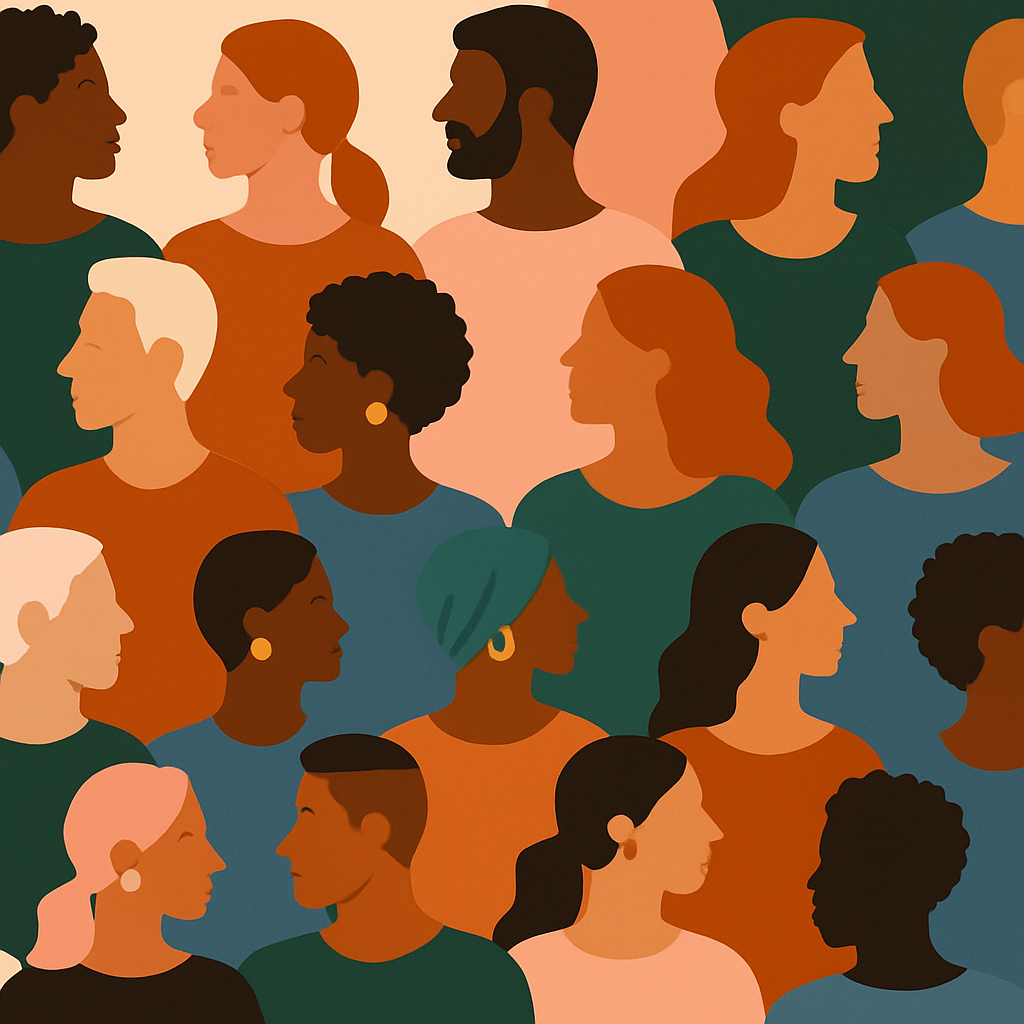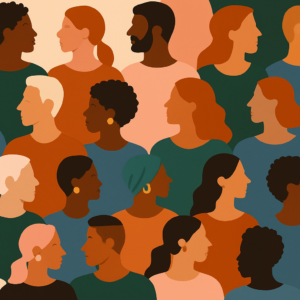Growing up, I was blessed to have a few people in my life who created safe spaces for me. My friends and a few close family members were that for me. With them, I could be myself. I could talk things through, share what I was going through, and receive wise counsel without feeling judged. Those moments gave me room to breathe and grow.
I had a good group of friends in school who made me feel safe, though the school environment itself didn’t always feel safe. There were certain people who had bullying tendencies. They would mock anyone who was seen as ‘nerdy’ or focused on their studies and extracurriculars or didn’t fit into their ideal, was different, or made mistakes or had embarrassing moments in public. It was tough for those of us trying to figure out the complexities of being a teenager. That kind of environment didn’t leave much room to be vulnerable or real.
It’s made me think a lot about how important safe spaces are, especially for those going through hard times. Young people who are trying to figure life out. People who are neurodivergent or just feel like they don’t fit in. Anyone who’s feeling overwhelmed, unseen, or just needs a bit of support.
One of the young people I tutor once told me she didn’t feel comfortable asking her teacher or even her friends for help. But during our sessions, she would open up about her week, how she was feeling, and what she was struggling with. She often said, ‘Thank you for always encouraging me.’ That really touched me. We all need someone in our corner, someone who listens, understands, and reminds us that we’re not alone.
What Does a Safe Space Look Like?
Safe spaces aren’t about being perfect; they’re about kindness, presence, and letting people show up as their true selves. These spaces give people the freedom to be vulnerable and open without fear of judgment.
Where Can Safe Spaces Happen?
- Community Groups: These are powerful spaces where people can feel supported and connected. For example:
- Faith Groups: Faith-based communities provide a strong, loving network where people can share their challenges and grow together spiritually.
- Ethnic or Cultural Groups: These spaces help people navigate identity and cultural differences with understanding and support.
- Neurodivergent Communities: Spaces for those with autism, ADHD, dyslexia, and other neurodivergent conditions offer connection and understanding from others who truly get it.
- Mental Health Support Groups: These groups offer a safe, non-judgmental space to heal and grow for anyone facing mental health challenges.
- Parenting Groups: These groups create a supportive environment for parents of kids with unique challenges, offering a space where they can feel heard and understood.
- There are many more community groups that offer support, like those focused on chronic illness, trauma recovery, addiction, and more.
- Mentorship: Having someone to talk to one-on-one can be life-changing, offering guidance, support, and encouragement during tough times.
- Tutoring & Learning Spaces: These spaces create an open, supportive environment where students can ask questions, be honest about their struggles, and grow at their own pace.
- Online Communities: These are perfect for connecting with people around the world, especially for those who find in-person interactions tough or live in areas with limited support.
- Creative Outlets: Whether it’s through art, music, writing, or other creative activities, these spaces allow people to express themselves and connect on a deeper level.
- Therapy & Support: ‘Therapeutic, Supportive, and Health-Focused Communities’
These spaces help people thrive, offering support for both mental and physical health challenges and guiding individuals toward overall well-being.
How Can We Create Safe Spaces in Our Communities?
Creating safe spaces is all about showing up for each other with love and respect. Here’s how we can do it:
- Listen with Empathy: Sometimes, just being there and really listening can have a huge impact.
- Be Consistent: Showing up regularly builds trust and helps people feel truly supported.
- Don’t Judge: Allow people to be themselves without fear of criticism or shame.
- Speak Life: A kind word can make all the difference and stay with someone long after.
- Share Life Together: Laugh, cry, learn, and grow together—it’s where real connection happens.
We All Need These Spaces
I’m so thankful for the communities I’m part of now. These are the spaces where I can breathe, learn, cry, laugh, pray, and grow alongside others. We encourage each other, share wisdom, and uplift one another. That’s what safe spaces are all about. And we need more of them.
If you or someone you know, especially a young person who’s facing challenges, needs some encouragement and is looking for support or seeking extra help, feel free to reach out to us. Whether you’re looking to share, grow, or simply be part of something encouraging, I’m here for it.
Creating spaces where young people feel safe, heard, and motivated to grow is something I genuinely care about.
You can learn more by checking the About page, or feel free to send a message if you’d like to connect or be part of a supportive network.
📧 You can also email us directly or fill out the form on the Contact page. Don’t forget to subscribe for more blogs, updates, and uplifting content.




